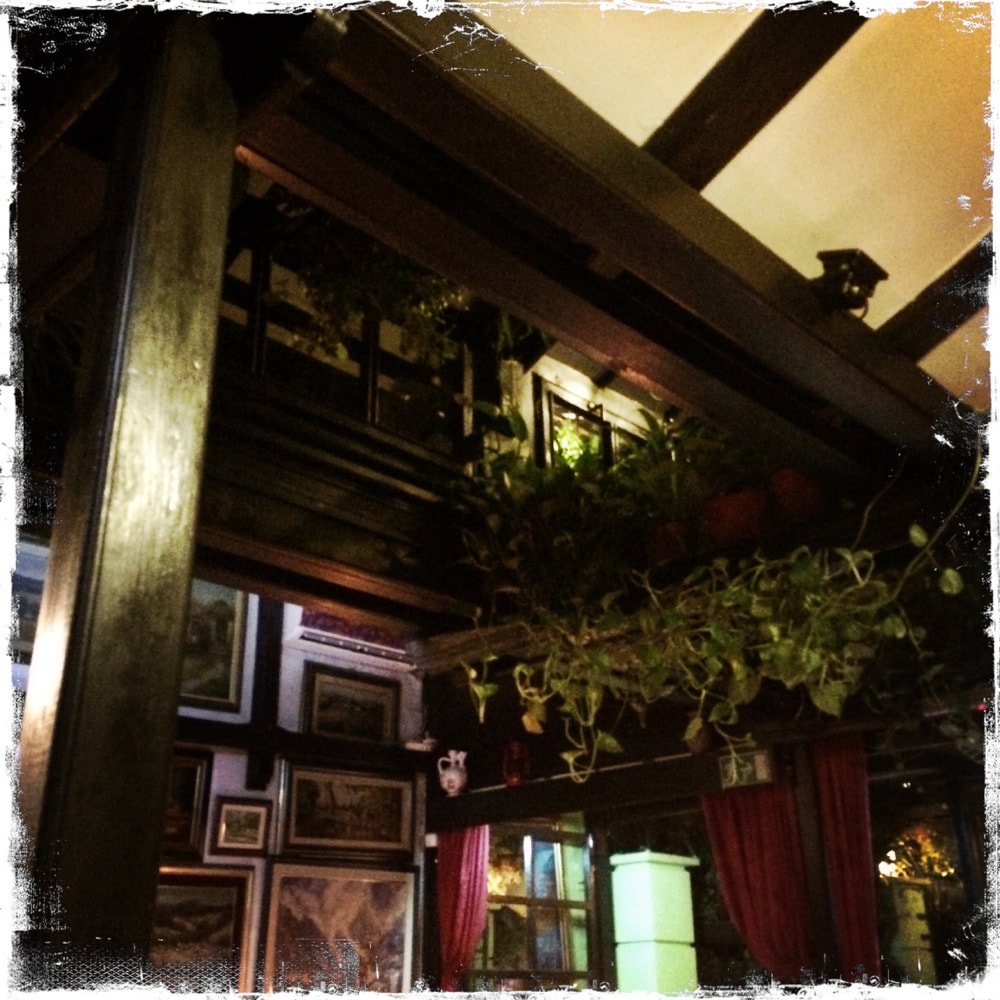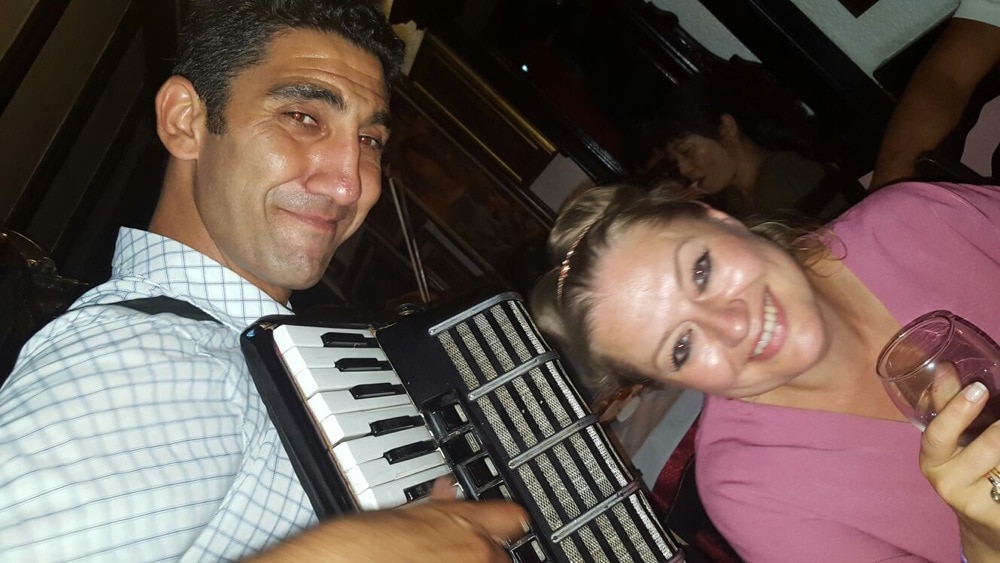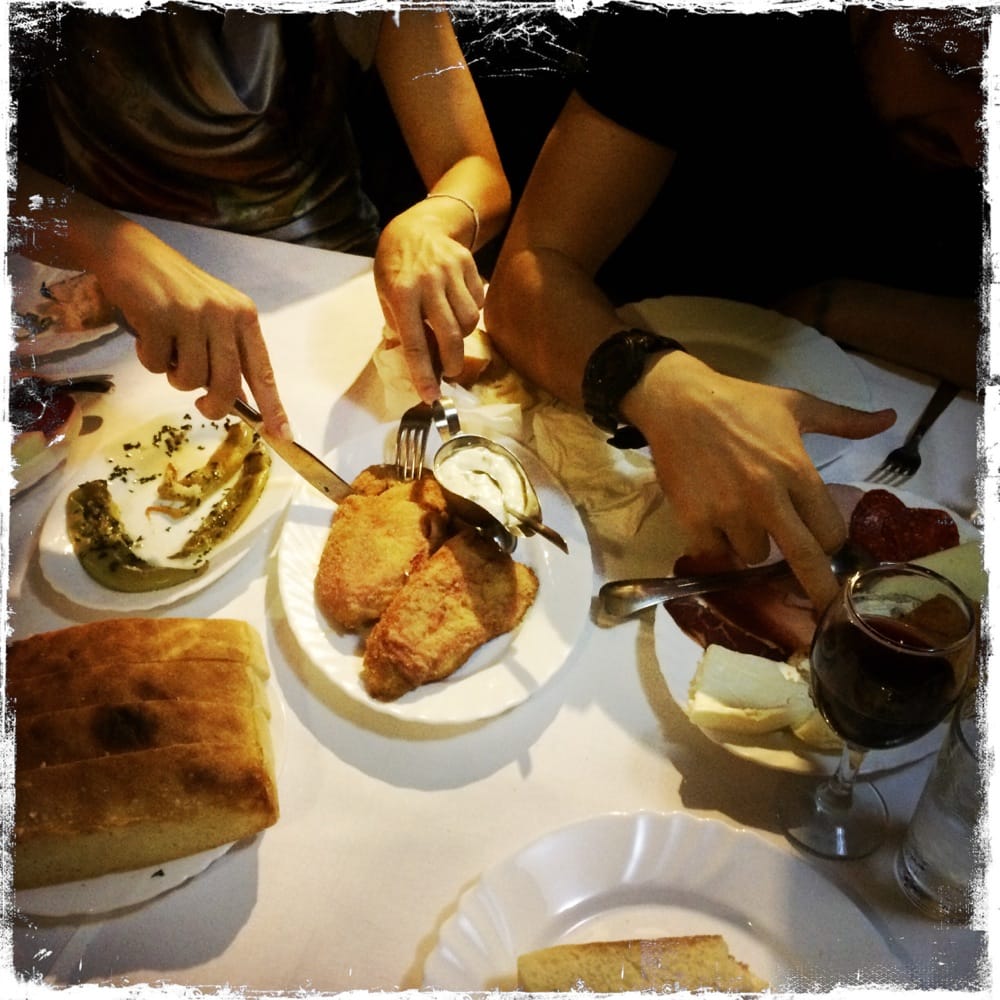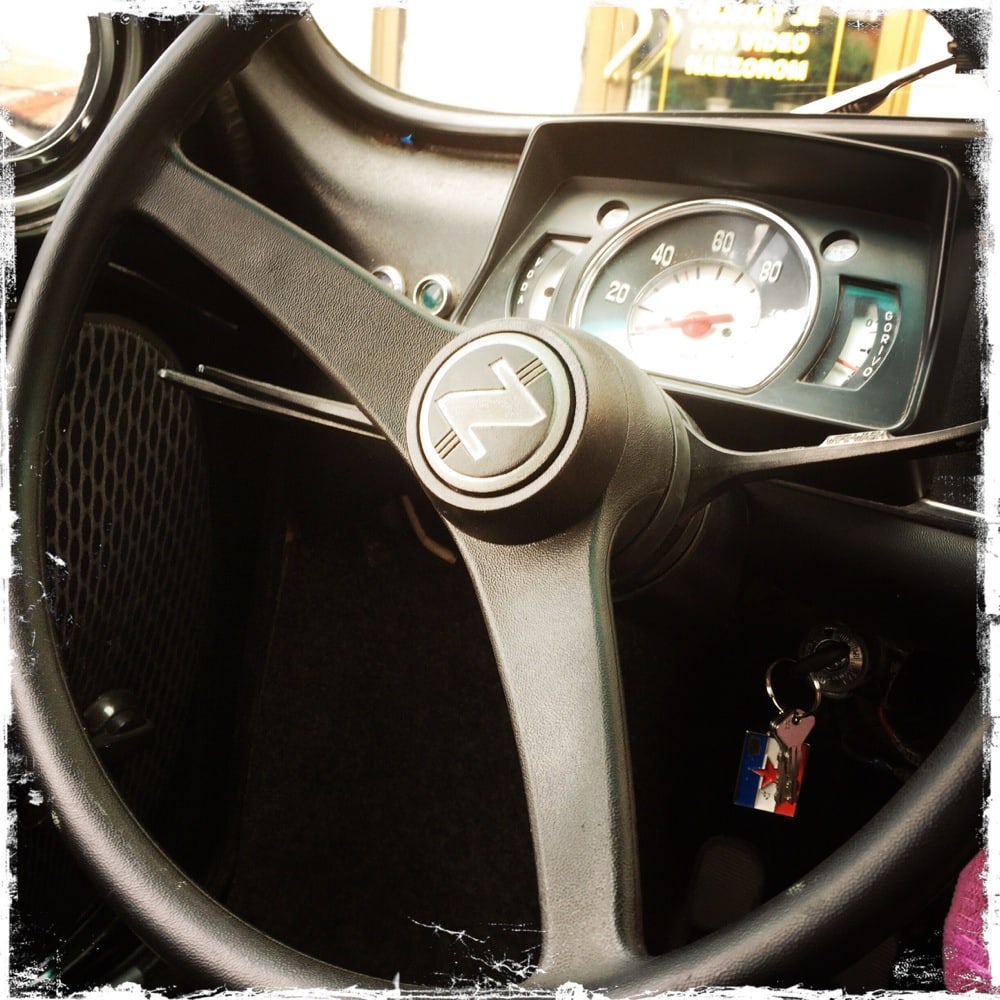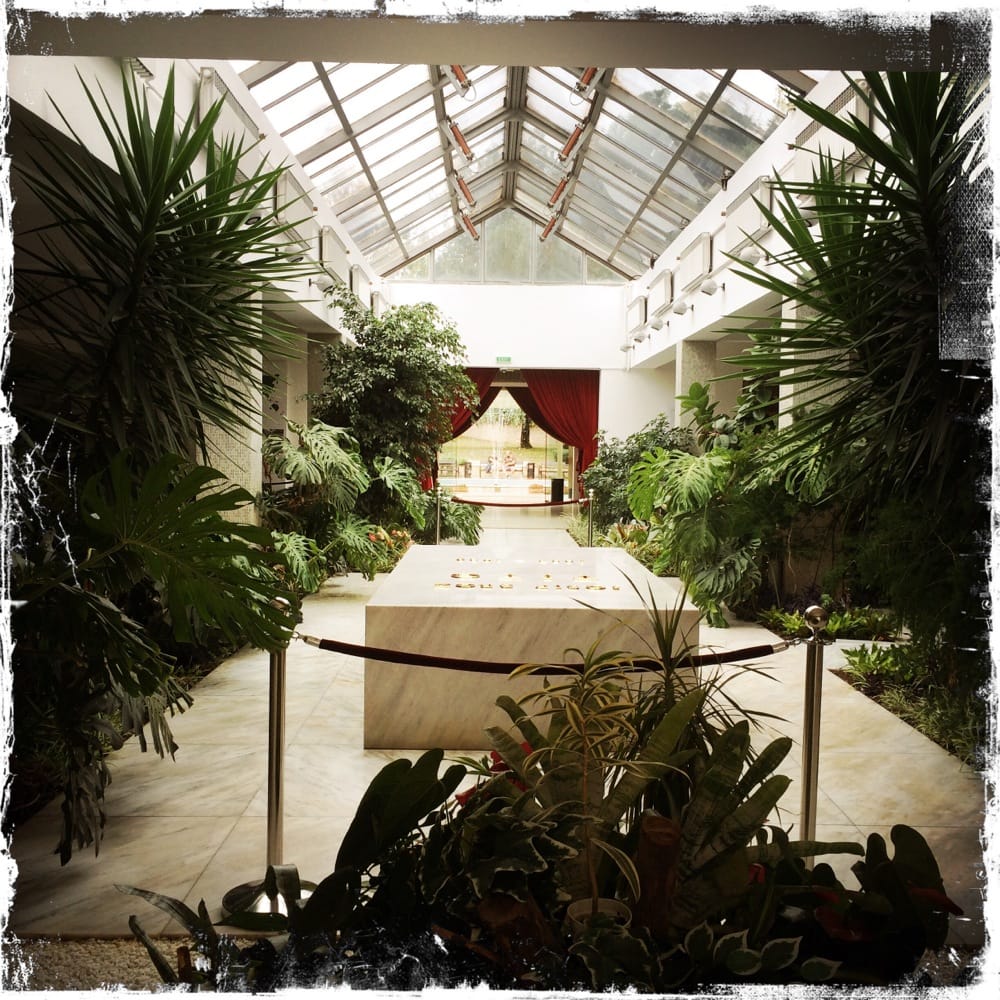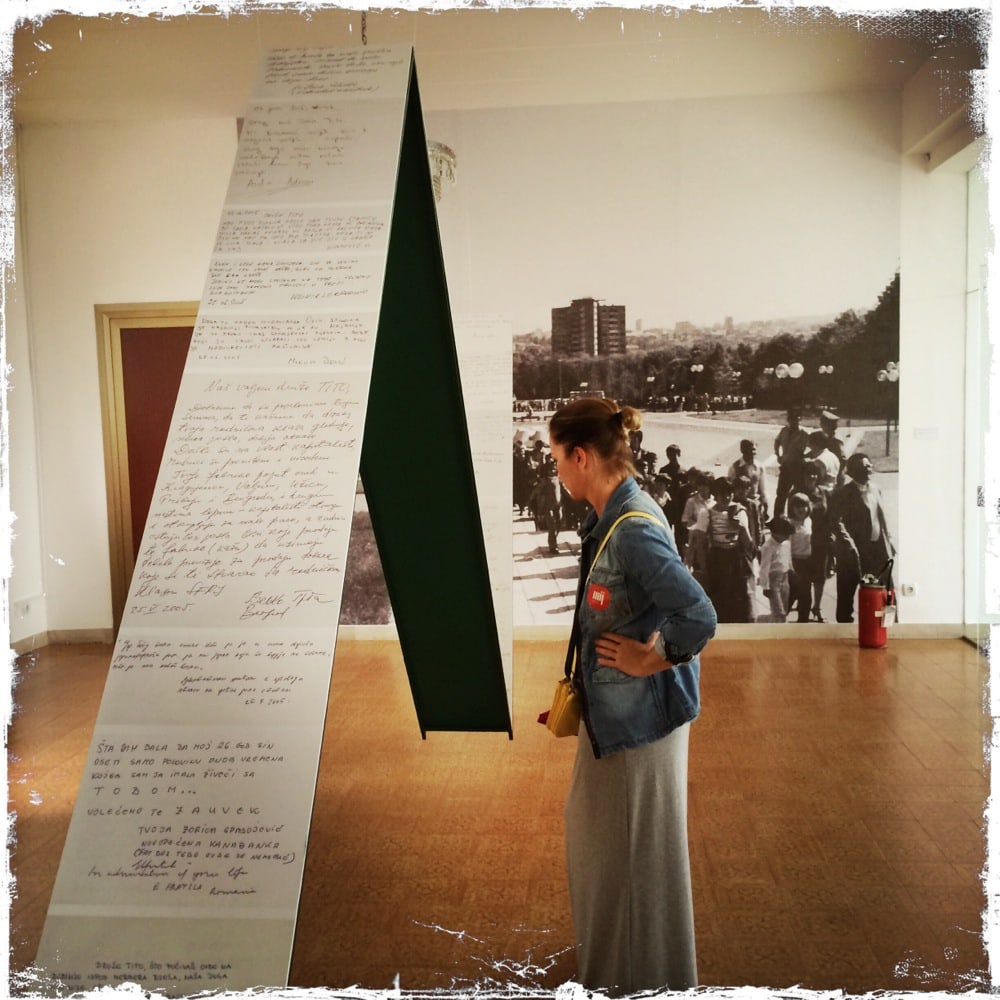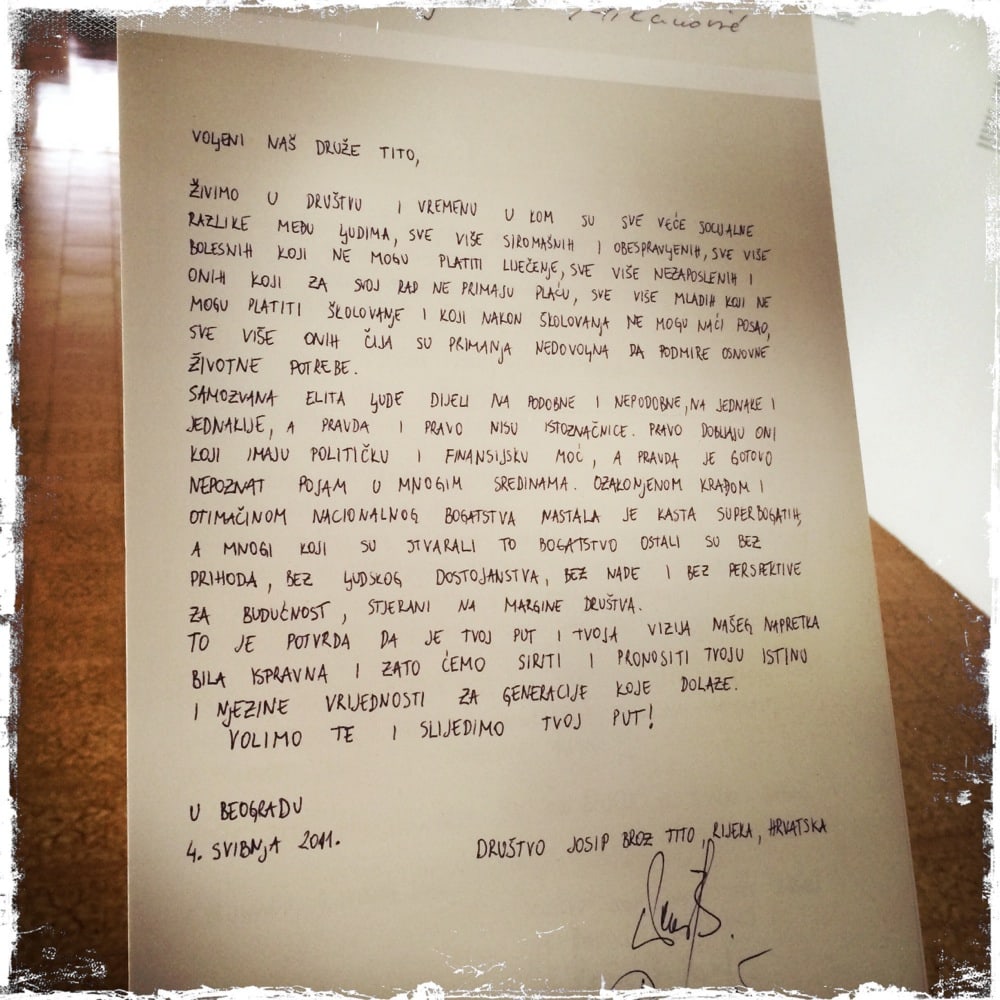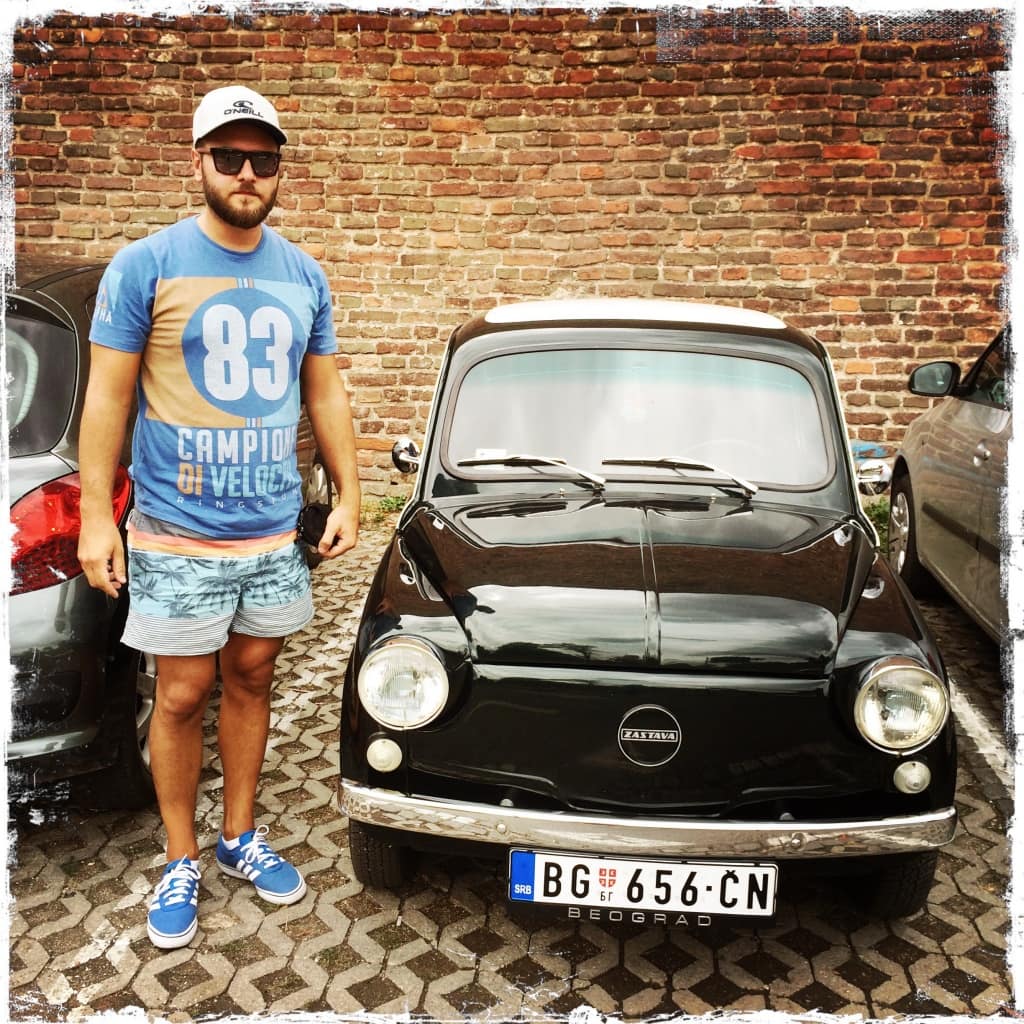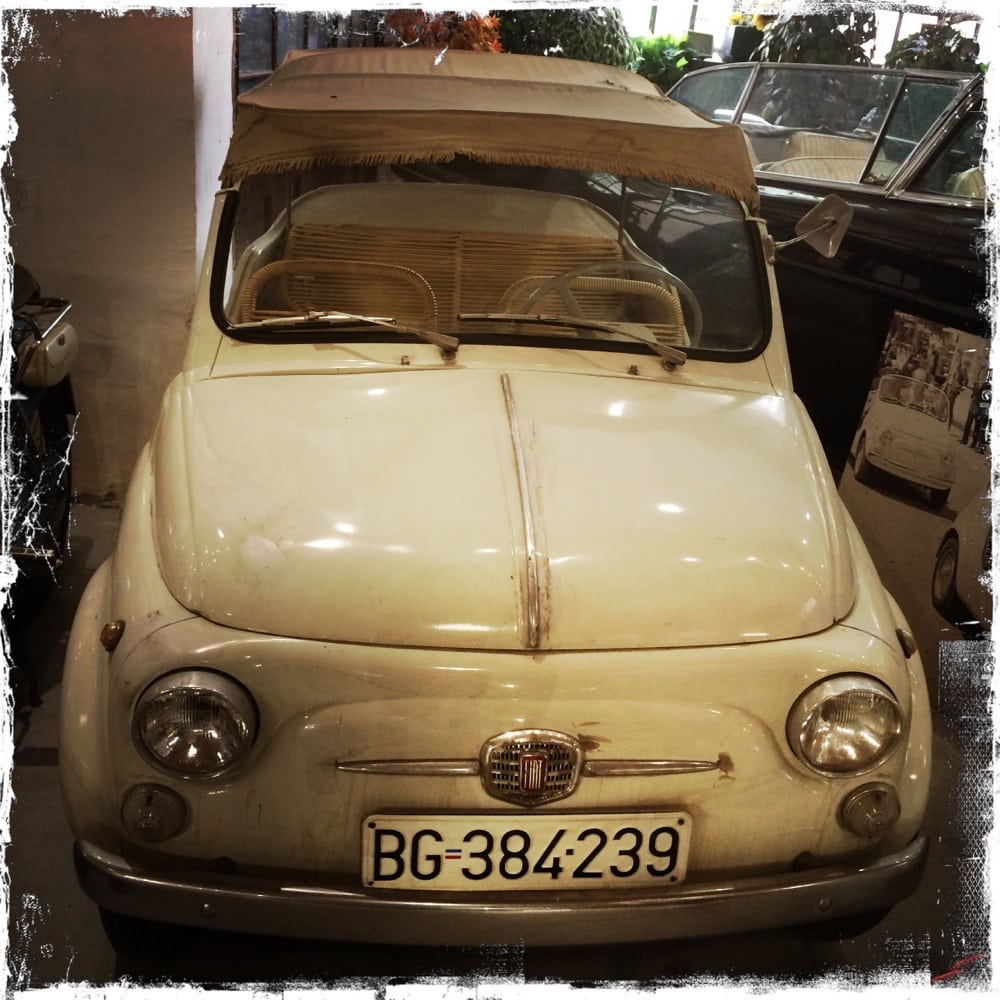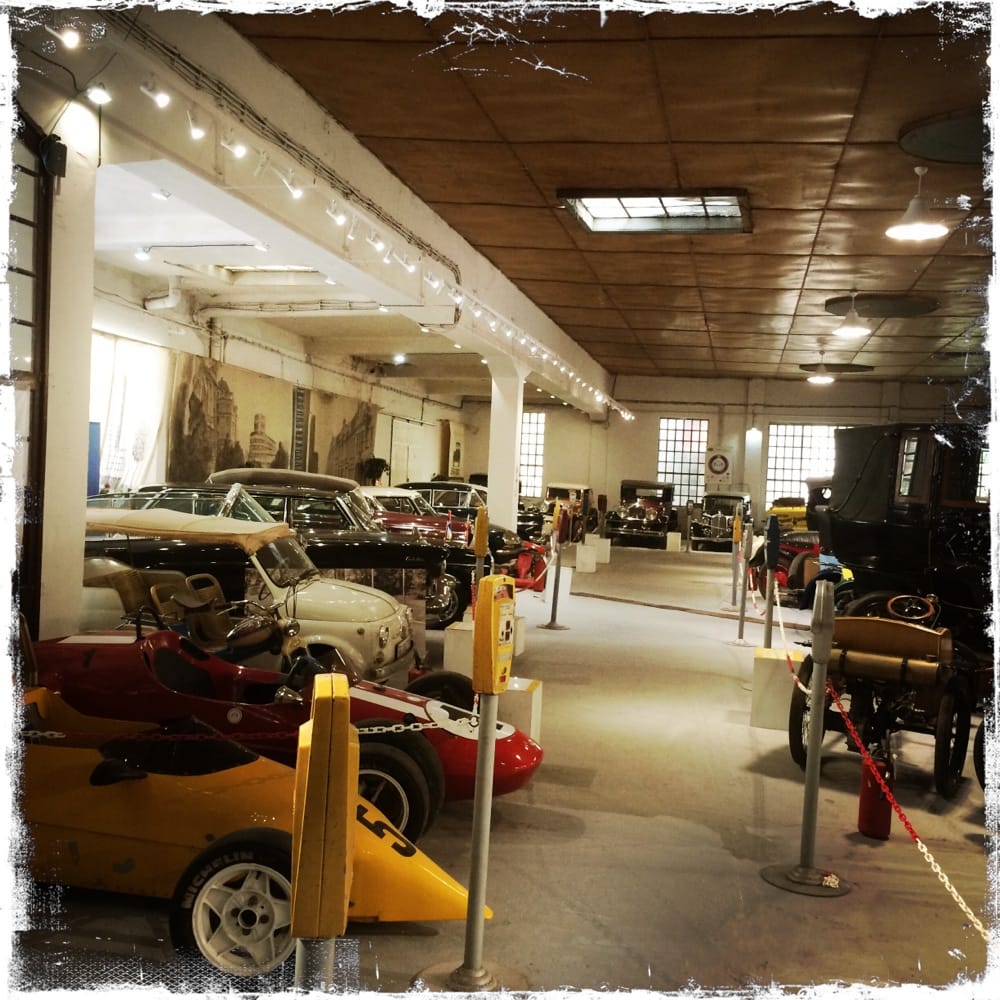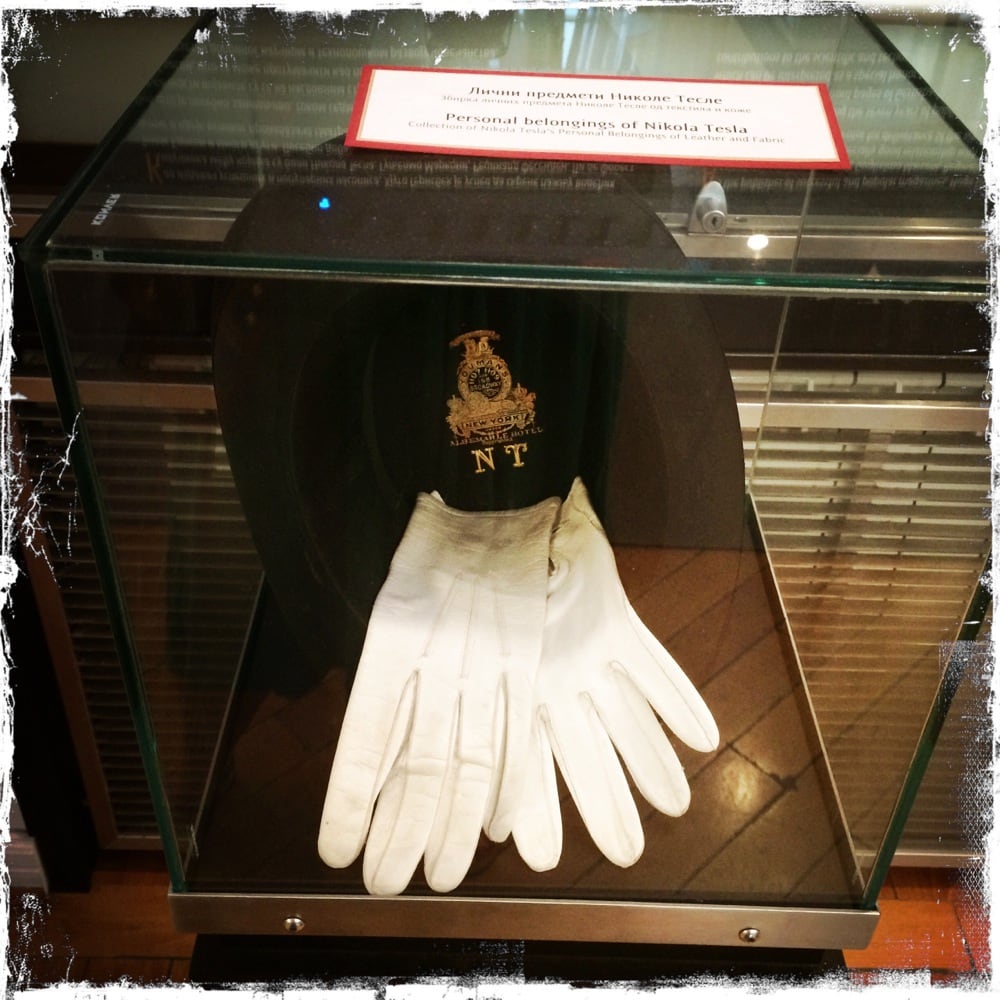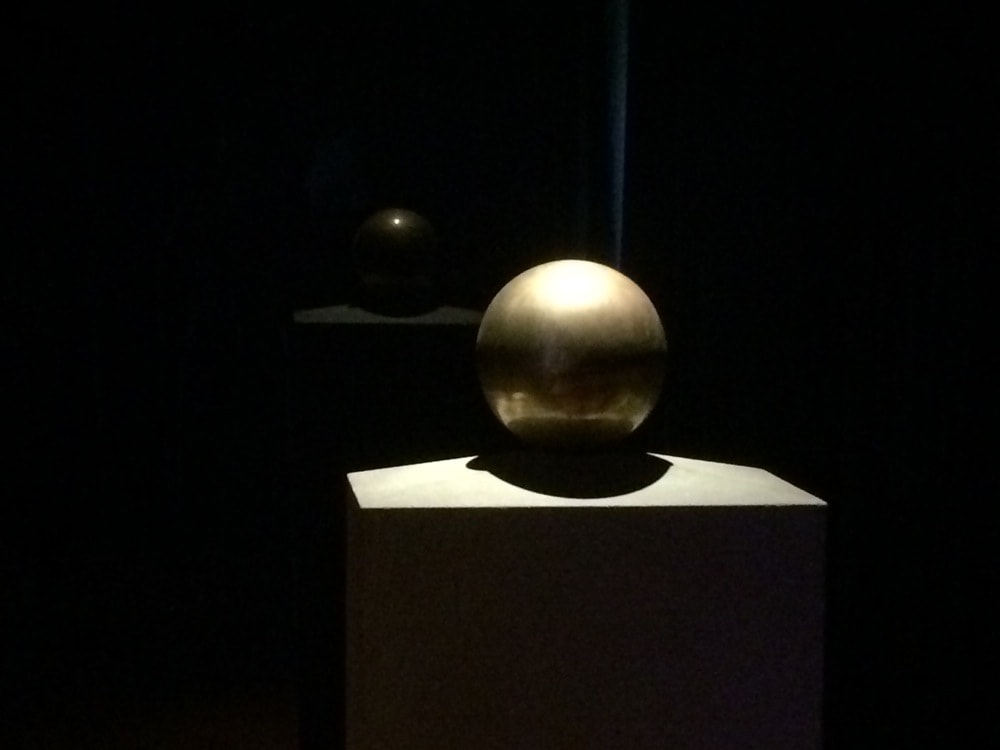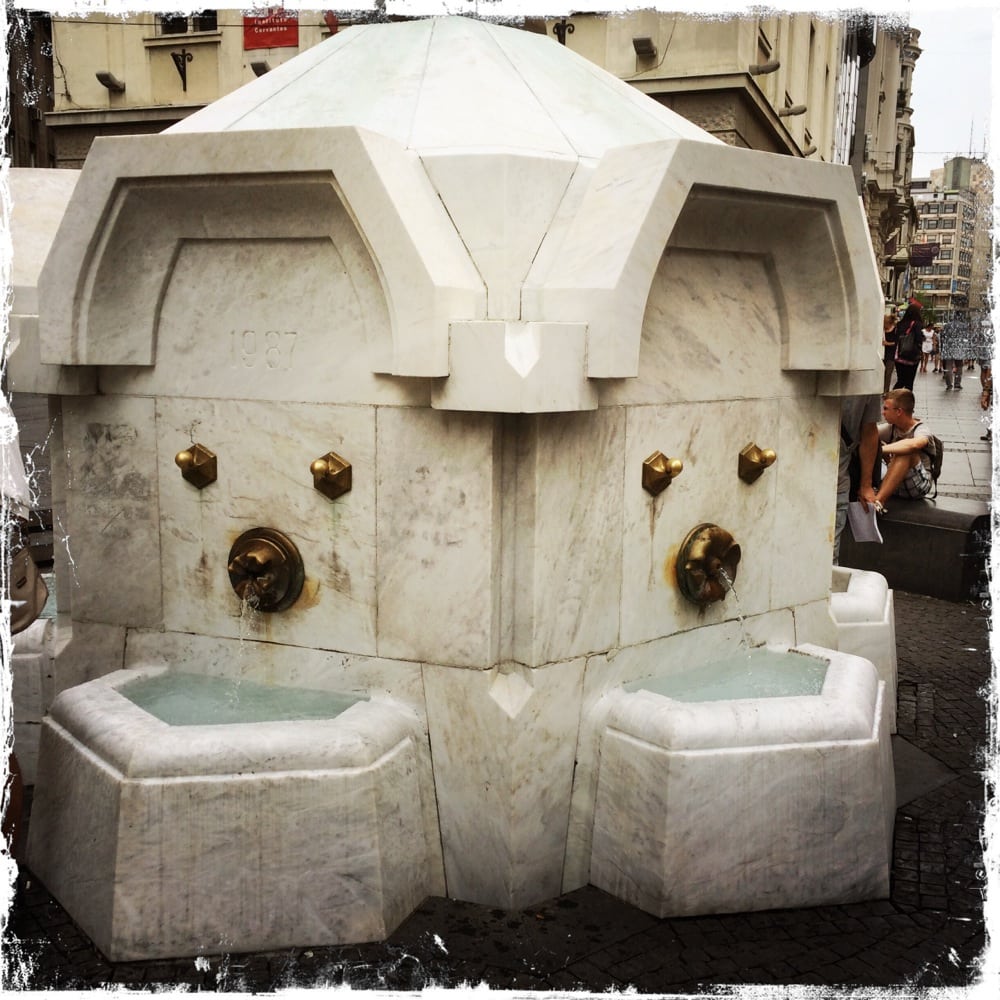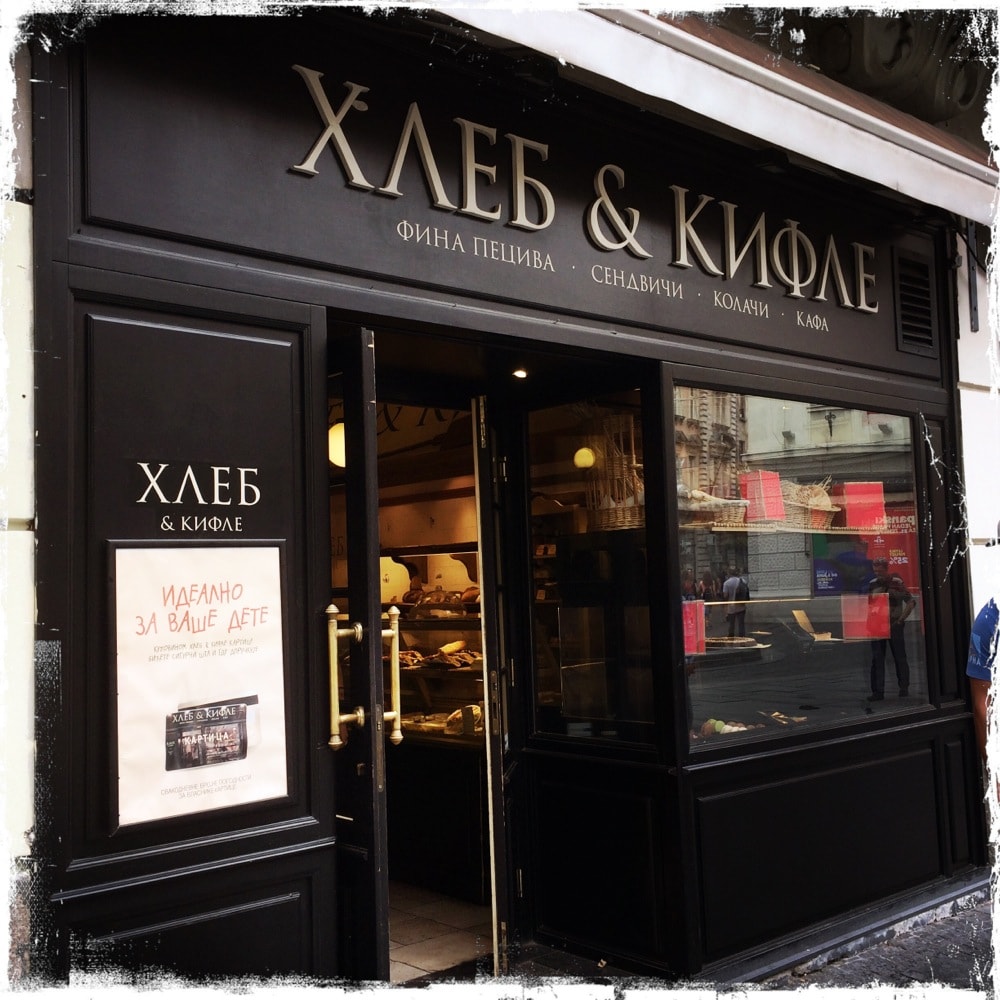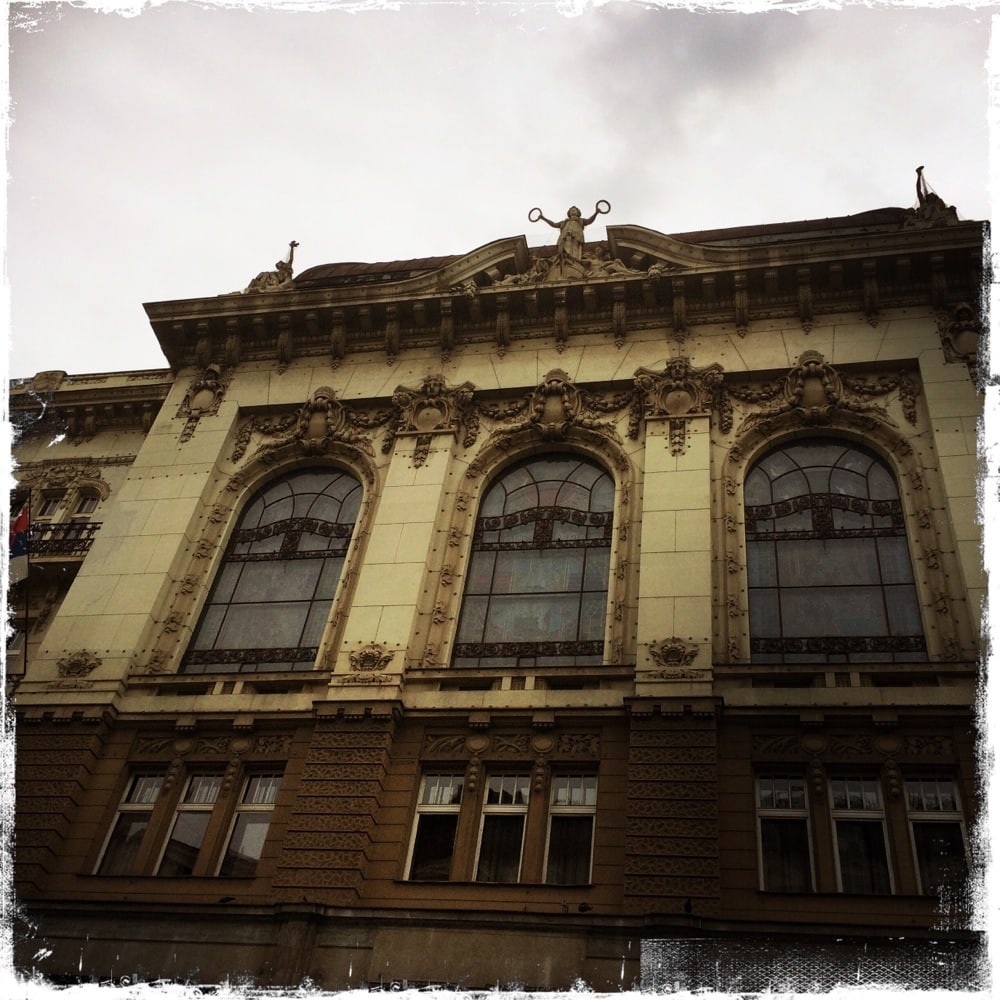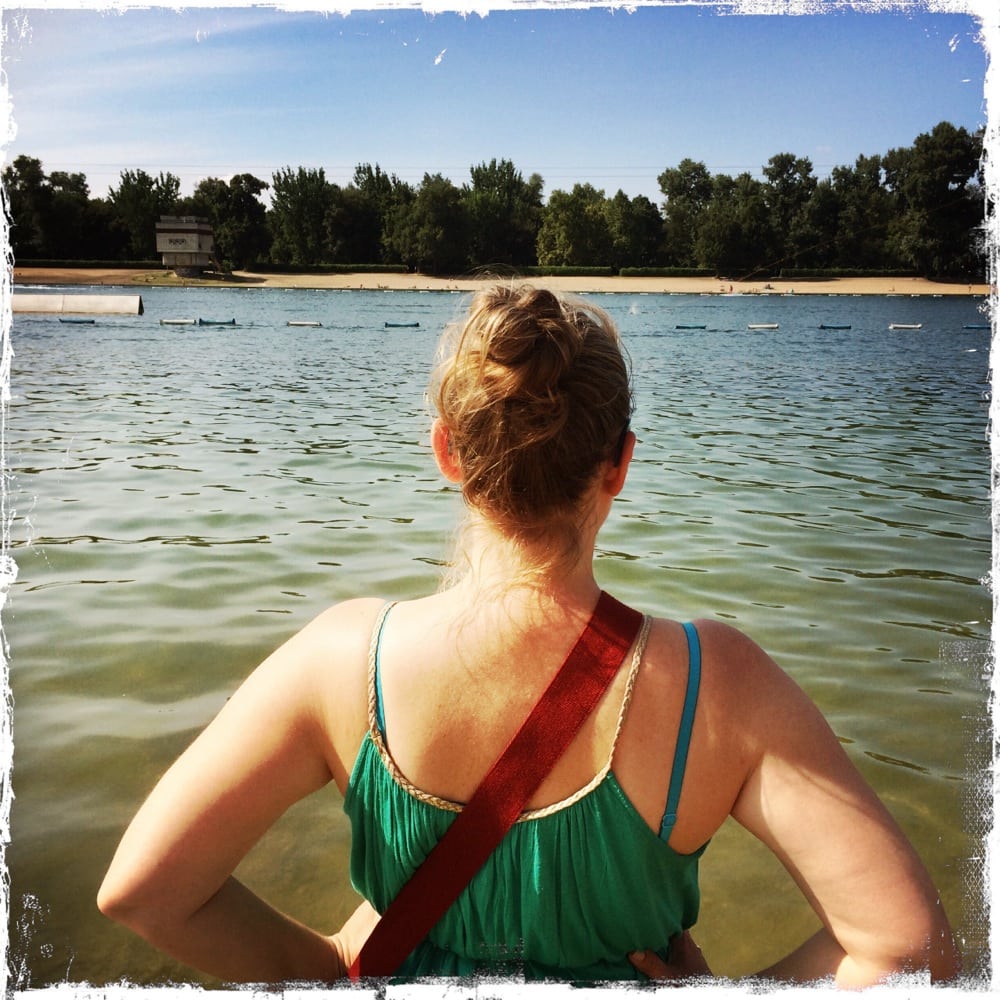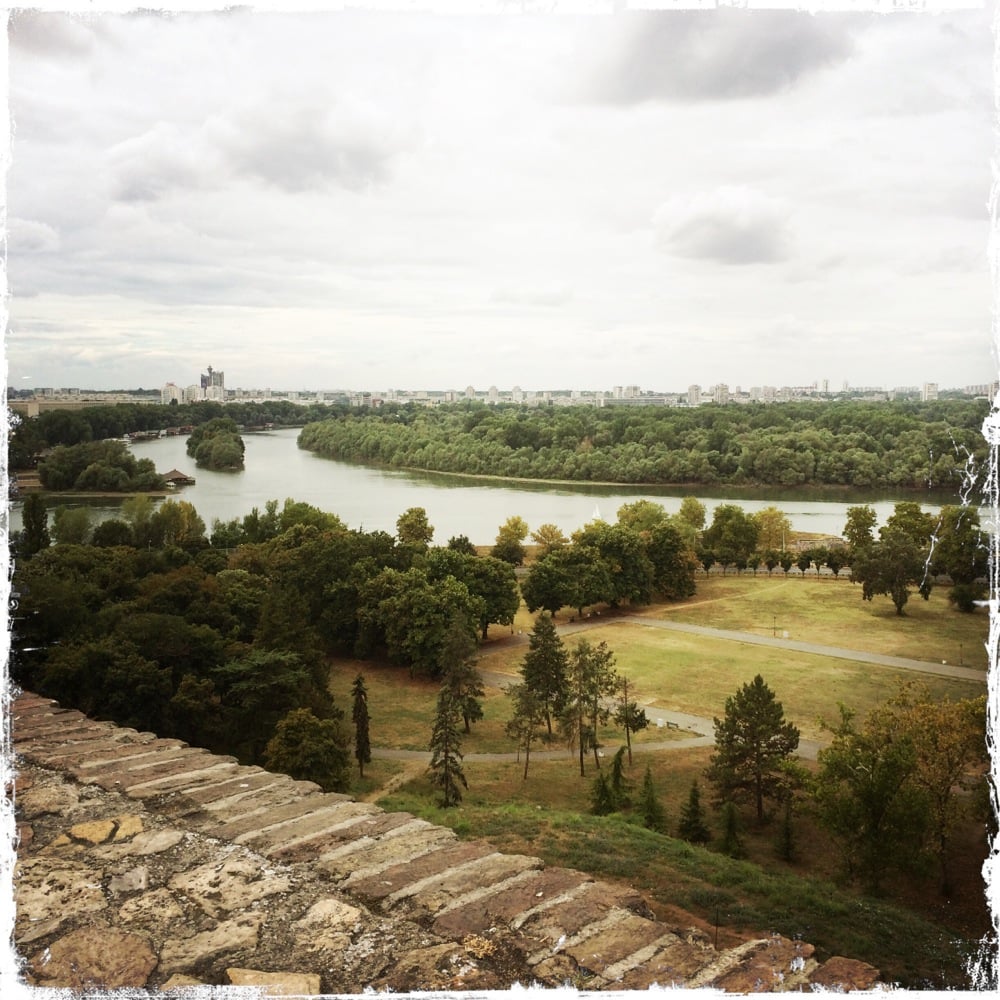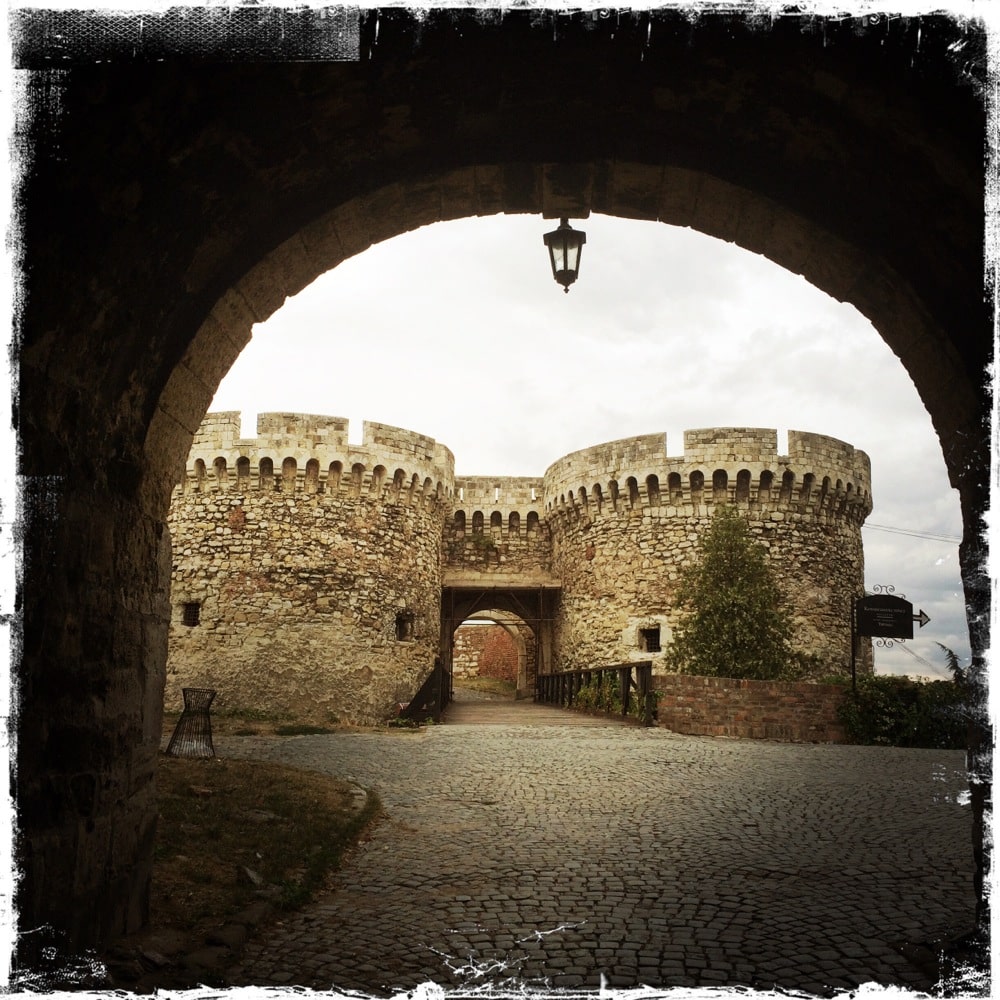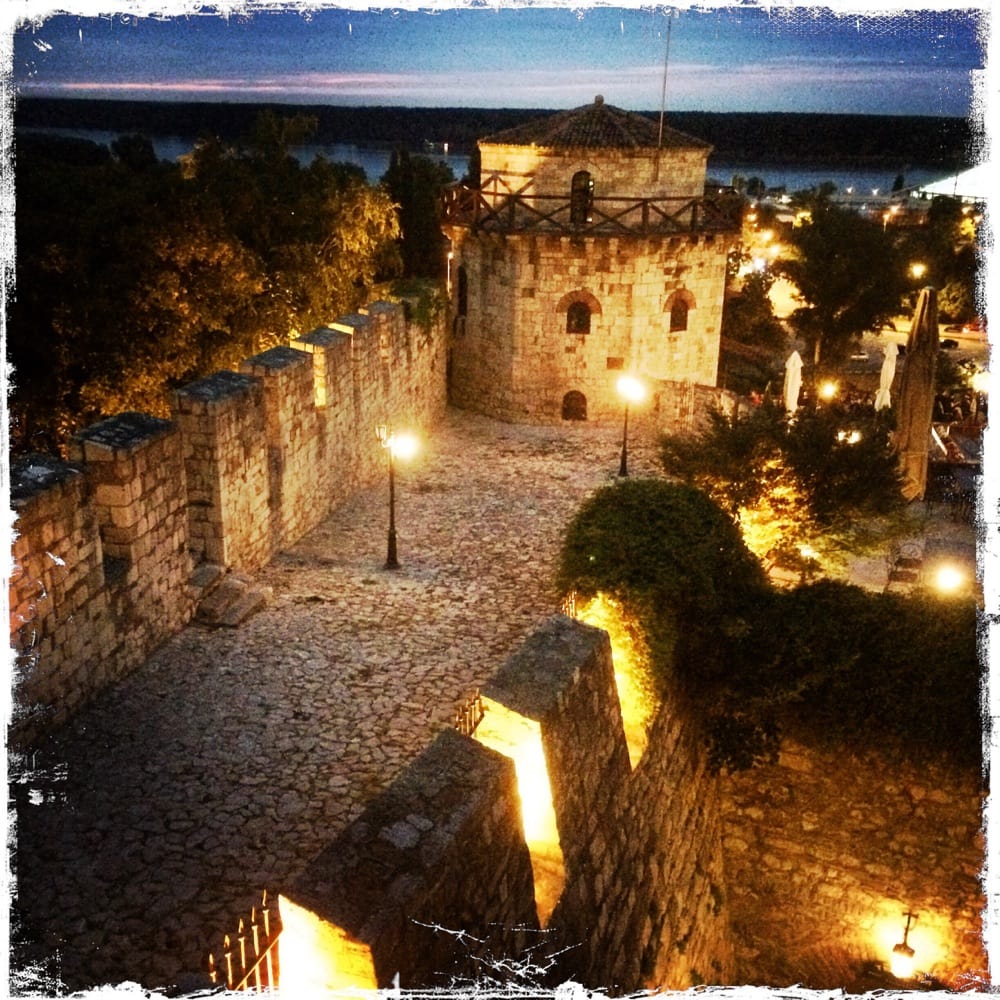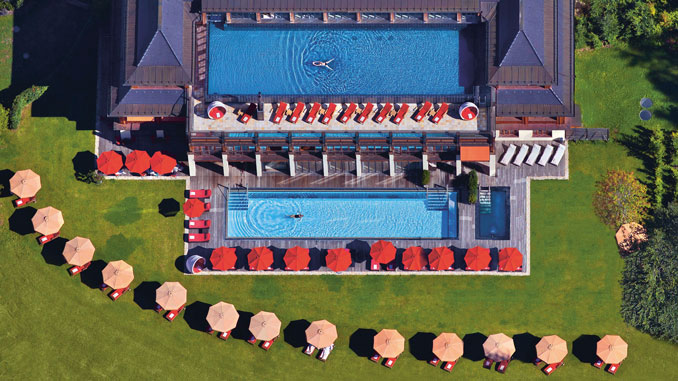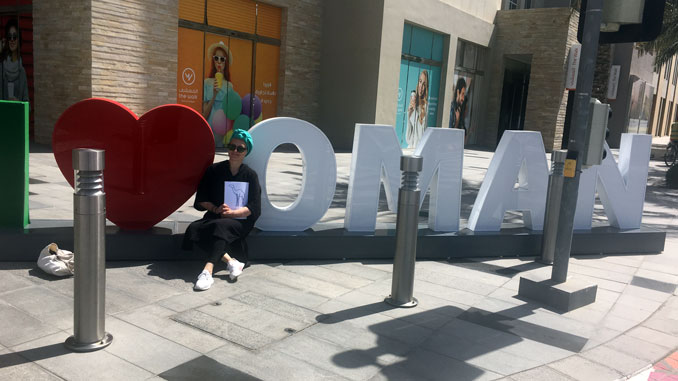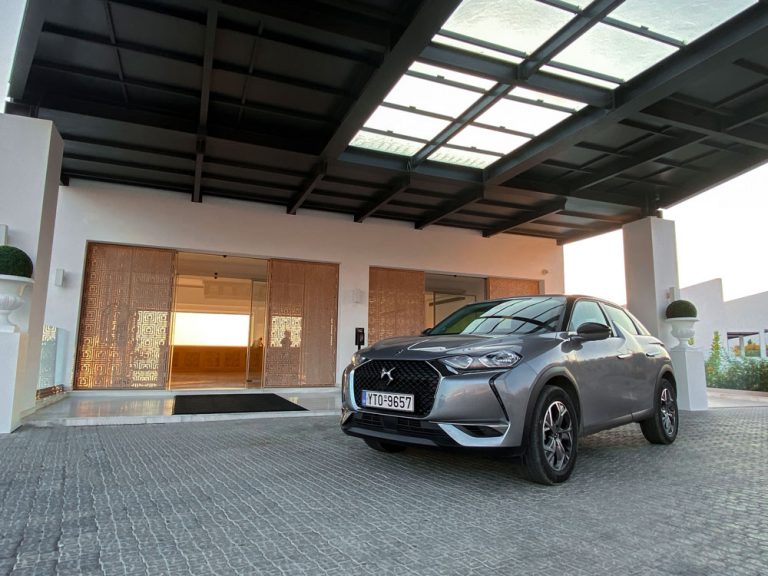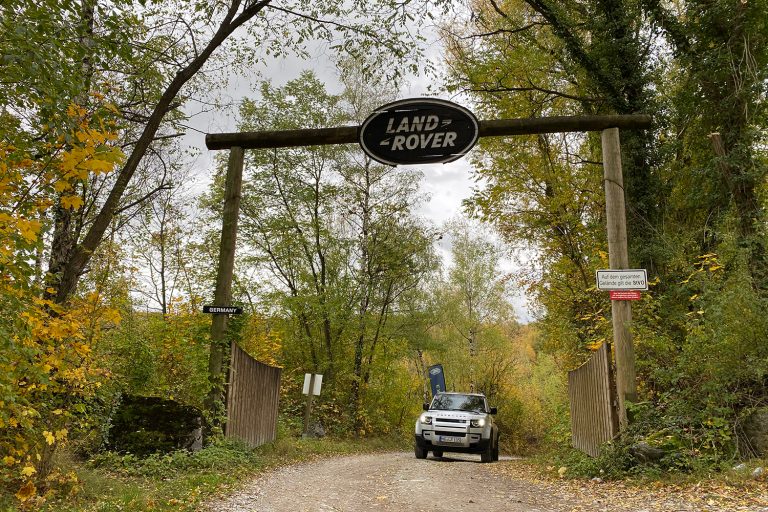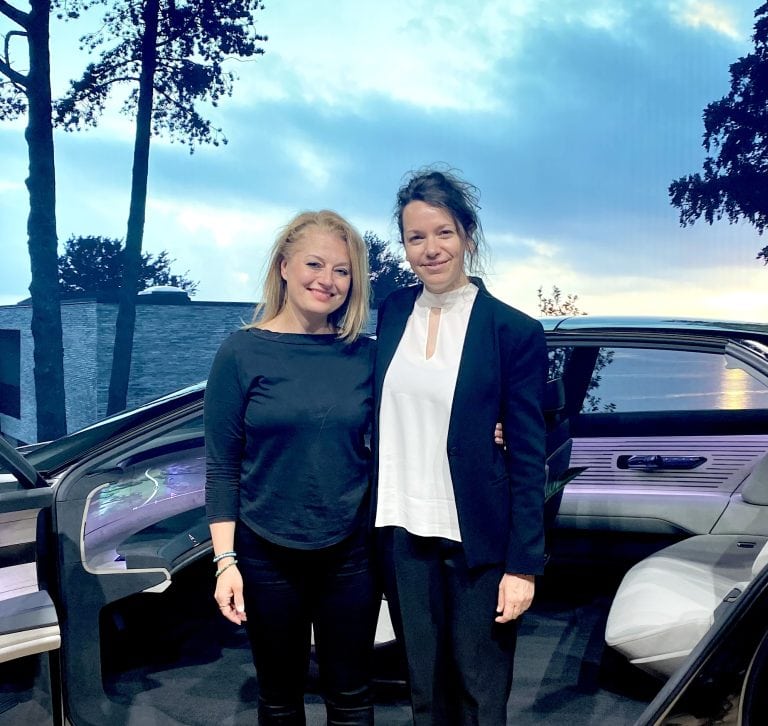Belgrad – Fićo connects

To visit the Serbian capital Belgrade with a Fićo is a journey into the past. The legendary Yugoslavian car is currently undergoing a revial. It is at least as popular as Tito’s time in all countries of the former Yugoslavia.
My guide Neno starts his car. It’ already humming. We’re on our way to Belgrade. I am curious and excited, because I am lucky to be discovering the capital of Serbia and former Yugoslavia with a Fićo .
My car in Belgrade – the Fićo Type 600
Fićo, in Serbia also called Fića, in Croatia and Slovenia Fićek, is the nickname for Type 600 and later 750 of the Yugoslavian car manufacturer Zastava. It is a licensed replica of the Fiat 600, comparable to the VW Beetle in Germany, which was quickly accepted by the population of Yugoslavia. He was available since 1955. The version as it is known today was built between 1968 and October 1985.
Live and die in a Fićo
“One factor of the success was certainly that it was cheap,” says Peđa Milosavljević , President of the Belgrade Association of Fićo Drivers (Beogradsko Udruženje Fićista – BUF), whom I met last summer in Munich at the international Fićo meeting. “Thus Fićo was not only the first car of many Yugoslavs, which served only as a means of transport. It was part of the family. People drove with the Fićo to the family and relatives or into the vacation at home and abroad. In the Fićo the first love was made, it served for weddings and funerals. And a Fićo was passed on to the next generation”
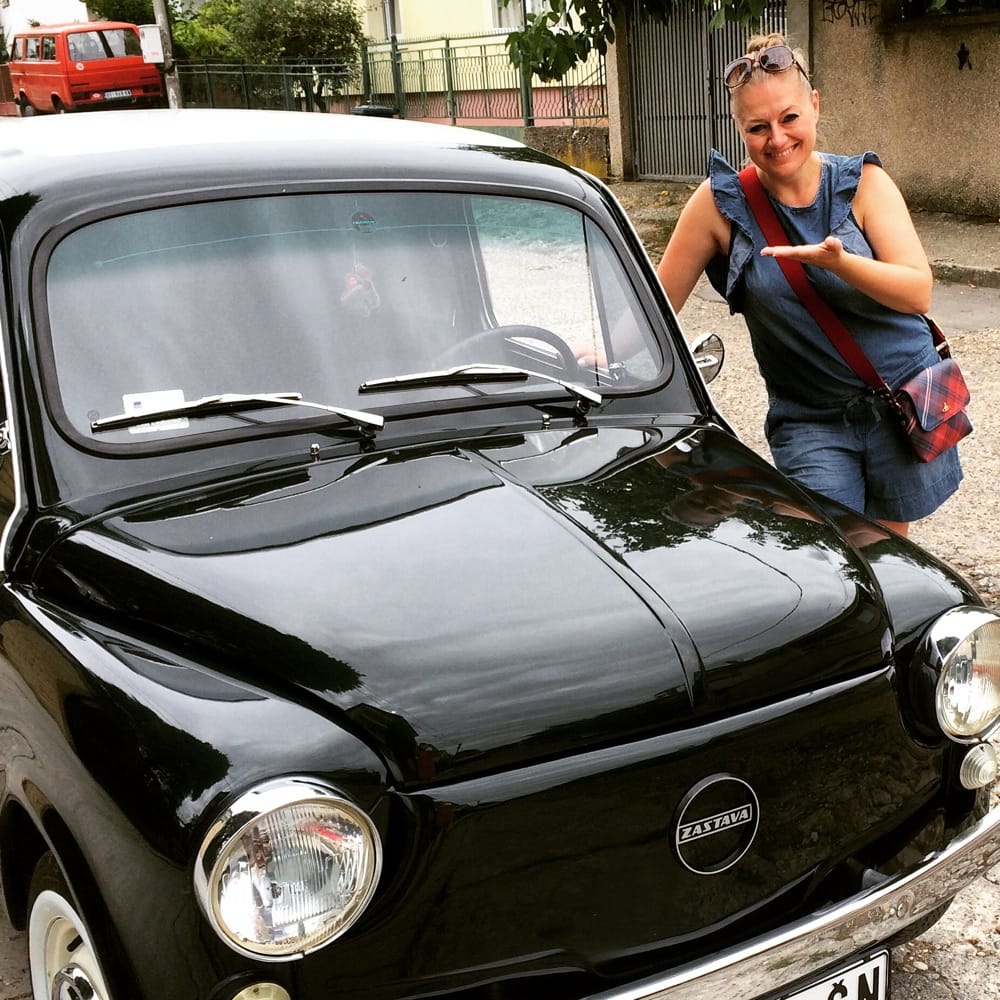
Neno and his Fićo
Also in Neno’s childhood the small roundish compact car, which owes its nickname to a comic figure, the Partizan and war courier Fića, played a formative role. He was born and raised in Hamburg. He spent only a few years as a child in Tito’s Yugoslavia: “When I came from Germany to Belgrade with my parents as a child in my father’s new Mercedes, everyone gathered around the car and marveled at the building blocks. I was already sitting in my uncle’s Fićo and couldn’t understand the others. I never asked myself whether I would get a Fićo, but when I will do it”, he remembers as we were driving through the streets of Belgrade.
“Every day with it in the city brings a new magic moment for eternity. One trip a day is my good deed for my fellow citizens.”
.
Driving in the Fićo
It’s already dark. I am surprised how cosy and spacious the Fićo is. Whenever we have to stop at a red traffic light, people are already standing at the car, waving to us and taking pictures. Neno often has to open his window and answer questions. Also traffic policemen, who simply want to take a look into the car. ” Each day with him in the city brings a great new moment for eternity. One trip a day is my good deed for my fellow citizens”, Neno grins visibly happy and content.
In Downtown Belgrade – Bohemian Quarter Skardarlija
We’ll park the car downtown. He stands there bright as a whistle and the black lacquer shines in the glow of the street lamp. Of course, he won’t be alone for a long time. A cluster of people is already forming around him. I’m sorry to leave him behind. But I will be rewarded. Our destination is the Bohemia quarter Skadarlija in the old town. With all its restaurants and the music that sounds from them, it is comparable to the Paris Montmartre.
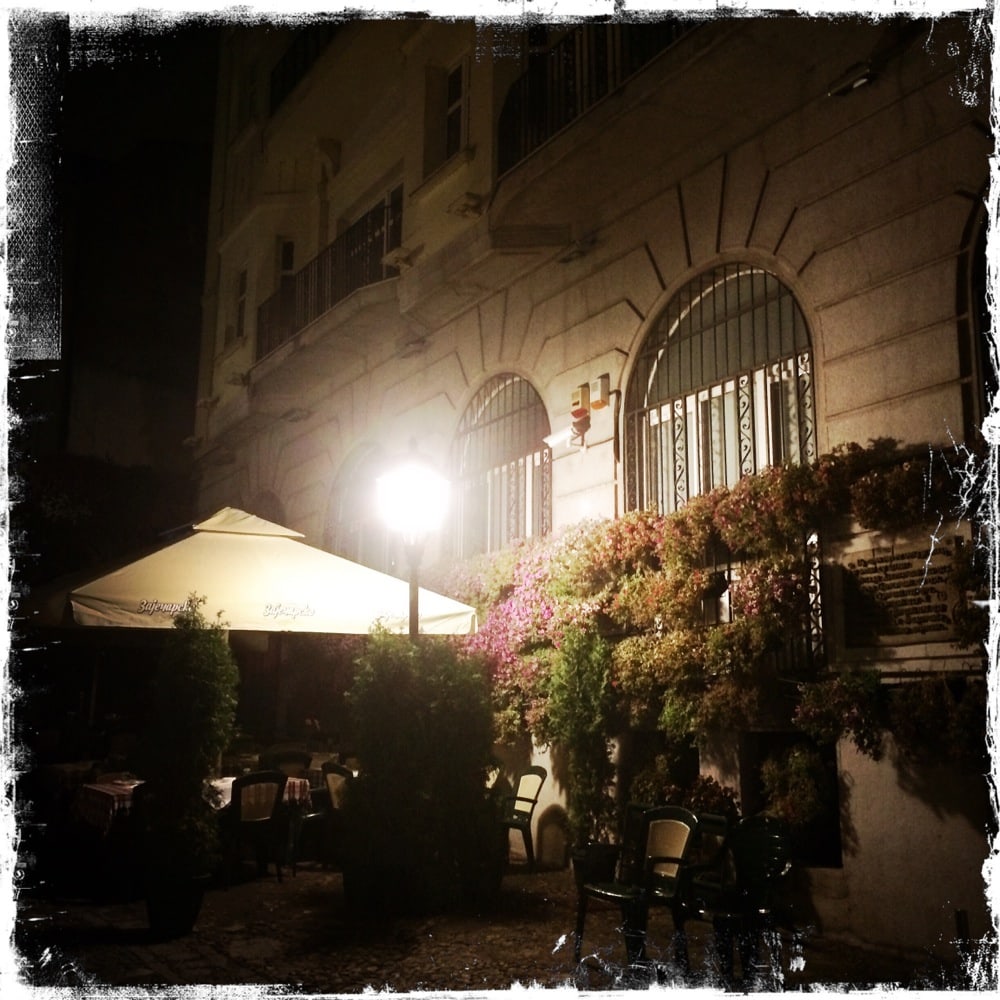
In the restaurant Šešir moj
We spend the evening in the famous restaurant “Šešir moj”, which means “My hat”. One feels transported into the twenties of the previous century. The walls are covered with wood and decorated with paintings.
Restaurants play an important role in Belgrade because it was here that the artistic scene met and met, where wonderful works and connections were born. Our table is richly decorated with typical local starters.
While I try my hand at it, Roma musicians come to our table and play old Belgrade songs. Actually I can’t eat anything anymore, but already the main course is served, typical for the Balkans. I get “Karađorđeva šnicla”, rolled up breaded pork schnitzel filled with ham and cheese. Of course, the portion is twice as big as you thought. In retrospect, I’m glad, because the night is getting long. Very long. “Where are you from?” asks Marko, the harmonica player. “From Sarajevo,” I answer. “Aaaaahhh, then your gypsies will play you some nice Sevdalinke,” he beams at me. I’m blushing. He looks at me and says, “You didn’t grow up in the Balkans, did you?” I nod. “For us gypsy music is not a dirty word, don’t worry”, he winked at me and started playing old Bosnian music with his band.
We’re not the only ones at the table who get melancholic and sing. It sings the whole restaurant along! I’m surprised! We drink to each other, smile at each other and fall into nostalgia. There are also some tears flowing. Next to us sits a small, quite full-bodied Italian and weighs his head to the melody. “He’s been here this afternoon enjoying the music. He said he had never heard anything so beautiful,” the waiter tells us. One table further on sits a Londoner whose big eyes shine with joy and astonishment: “I have never experienced anything like this before. As a designer, I travel a lot around the world!” At late hour, it is already after one o’clock at night, it becomes fast, loud and cheerful. No one sits at the table anymore, we dance Kolo, the traditional folk dance. A lot of money flows into the pockets of the musicians and here we have plenty of wine and beer.
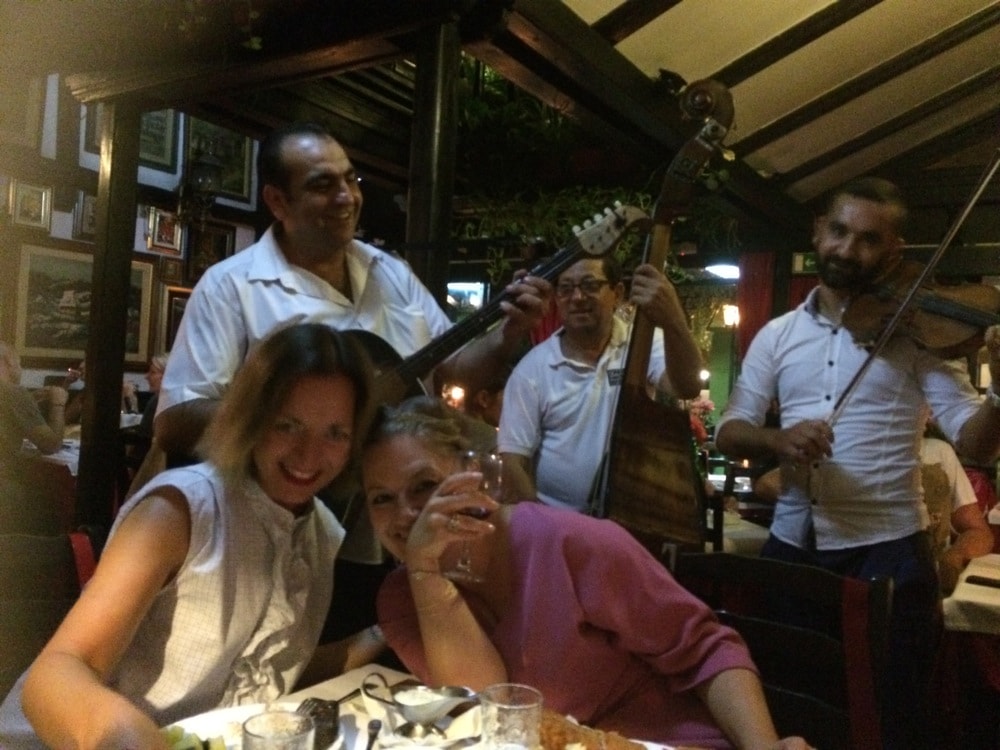
With a Fićo a man feels like a man
The next day, surprisingly, I’m in a good mood. Maybe it’s the happiness hormones that I’m allowed to drive the Fićo again. “Good morning,” it sounds from the garage, more like a lab. No grain of dust is visible and even the smallest part has a place neatly allocated. I already feel guilty about entering the clean room with my shoes on. Neno’s already at his little car in the garage polishing him. Of course he wears shoes. Sneakers, on which a Fićo is pictured. “A custom made from L.A.,” he grins, while his green eyes don’t leave the hood of the car. He might have missed a microspot that needs to be removed quickly with the cloth. He paid 1250 Euro for it and invested another 2000 Euro.
He looks at the cloudy sky: “Not good. Rain damages the paintwork. We’re going anyway. We can still turn around.” Today is a city tour on the map. “Let’s see if he can get us anywhere.” That’s not really a phrase. A Fićo can simply stop for a moment. But this is not bad for a Fićo driver. On the contrary. “It’s handy and easy to use. No superfluous electronics, no helpers. And with him, a man can still feel like a man. If something breaks, you can usually fix it directly on the spot. It’s not like a modern car with a heap of misery standing on the side of the road waiting to be towed away.” We stop once and the damage is quickly repaired.
Visiting Tito
We drive to the House of Flowers, Tito’s tomb, located in the noble Dedinje district. And again it is a journey into the past. This time to Yugoslavia in the seventies. With awe I walk across the tiles to the terrace, from where you can see Belgrade. The villa was built in 1975 and is spacious and bright.
Growing interest
But even it is not preserved from decay. A curve on a wall shows how the number of visitors changed. It is almost constant at zero during the Balkan war 25 years ago and thereafter. The last few years she’s been climbing steeply. Letters printed next to them from all over the world tell of how much they missed the peace and cohesion of the time of Yugoslavia.
The Fićo reminds of past times
The Fićo contributes to this nostalgia and memory. “In Yugoslavia, we enjoyed peace and prosperity. Then came the Balkan war. So it’s not surprising that people associate this little car with the time when they lived happily and carefree,” explains Peđa Milosavljević from the BUF in Belgrade and adds: “Fico shows us what a foolishness we did 25 years ago. He’s thinking about the Balkan war. “Even Giorgio Andrian of UNESCO used the slogan “Ficia connecting people.” Today he is a member of our club. And he’s right. Because of Fićo I got to know wonderful people, not only in Serbia, but also ex-Yu and outside.
Thanks to Fićo I became a better person
Peđa Milosavljević of the BUF
I am still friends with many of my encounters today. A lot of people helped me or I helped them. Today we have built up a network and send each other car parts. Thanks to Fićo I’ve become a better person.”
In the car museum
After I have bought a lot in the museum shop, I go on to Neno’s favourite place, the Auto Museum of Belgrade. It is hardly known and an absolute insider tip! It was founded by the car collector Bratislav Petković and about 100 objects from all eras are housed in Belgrade’s oldest car garage. You think you can still smell old engine oil.
The Fićo – also a case for the museum
Of course there is also a Fićo. “But it’s not as beautiful as mine,” Neno stresses. Here you can find everything that makes the heart of a car fan beat faster: Maro-Gardon from 1897, the legendary Ford Model T from 1925, a 1963 Jaguar MK2, an “Adenauer” Mercedes C300 and Titos 1957 Cadillac. The cars are borrowed today with pleasure for filming. The museum isn’t very big, but we’re staying a long time. Rarely is there a museum in which every single exhibited object is as interesting as here.
With Nikola Tesla
We then continue to the Tesla Museum, housed in a beautiful 1929 villa in the city centre. Nikola Tesla was tall and slim, as you can see from the suit on display. In addition to personal possessions, letters and documents tell of his life, character, and work that changed humanity. His ashes rest in a spherical urn, which is laid out in the last room of the museum.
Splendid mile Knez Mihajlova
Finally we drive to Knez Mihajlova, the shopping mile of the city. The buildings in the pedestrian zone were erected between the end of the 19th and beginning of the 20th century.
“Once you drink it, you always come back to Belgrade.”
Neno
“Do you see this fountain? It has the same meaning as yours in Sarajevo. If you drink it once, you always come back to Belgrade,” Neno explains to me. I like to drink from it, and not just once.
We get salty Kipferl from the bakery Hleb i Kifle, which is furnished inside in vintage style, and sit next to the fountain and enjoy the view of the wonderful architecture, which tells of past times. For dinner we have Pljeskavica in Lepina, a beef-meat-plant, of course in XXL, in flat bread with salad. It’s cheap, it fills you up and it’s freshly made.
Ada Ciganlija
The last day before my departure from the Danube city is dedicated to water. Our first destination is Ada Ciganlija, an island on the southern bank of the Sava River, which flows into the Danube in Belgrade.
Wide beaches invite you to sunbathe, which are used by locals with pleasure and at every opportunity. At one of the many cafés and restaurants you can enjoy the sunshine and watch the water skis while drinking and eating. We rent bicycles and ride along the shore. We meet many cyclists, joggers and rollerbladers.
In the historical heart of Belgrade – Citadel Kalemegdan
The citadel of Kalemegdan offers a wonderful view of both rivers, where they flow into each other. It is a popular place to stay, not only for tourists. I sit on one of the walls that date back to the 15th century and look over the two rivers that flow leisurely and calmly and become one.
We walk on, see a small orthodox church and famous sculptures. A military museum is available for those interested. We let the day end in a cafe in historical walls. From here the town, also called the gateway to the Balkans, was defended from enemies by its history. Now everything’s quiet and peaceful here.
A Fićo like the life
I’m thinking about how life plays out with you. Neno explains life to me with the help of Fićo: “Driving him comes closest to life. Either he drives or he stops. Just like us. Sometimes you stand, sometimes you fall.” I nod to him. And then I smile again. As is well known, a Fićo is quickly repaired and then the journey continues to the desired destination. Just like in real life.
Who would like to experience a tour with this legendary car, can contact the lucky owner Neno directly and request an appointment: zubic@msn.com
All other stories and adventures about Nenos Fićo on instagram.com/ficomanija/
The report appeared in the magazine Danube Connects in german und english / issue 01/2016.

